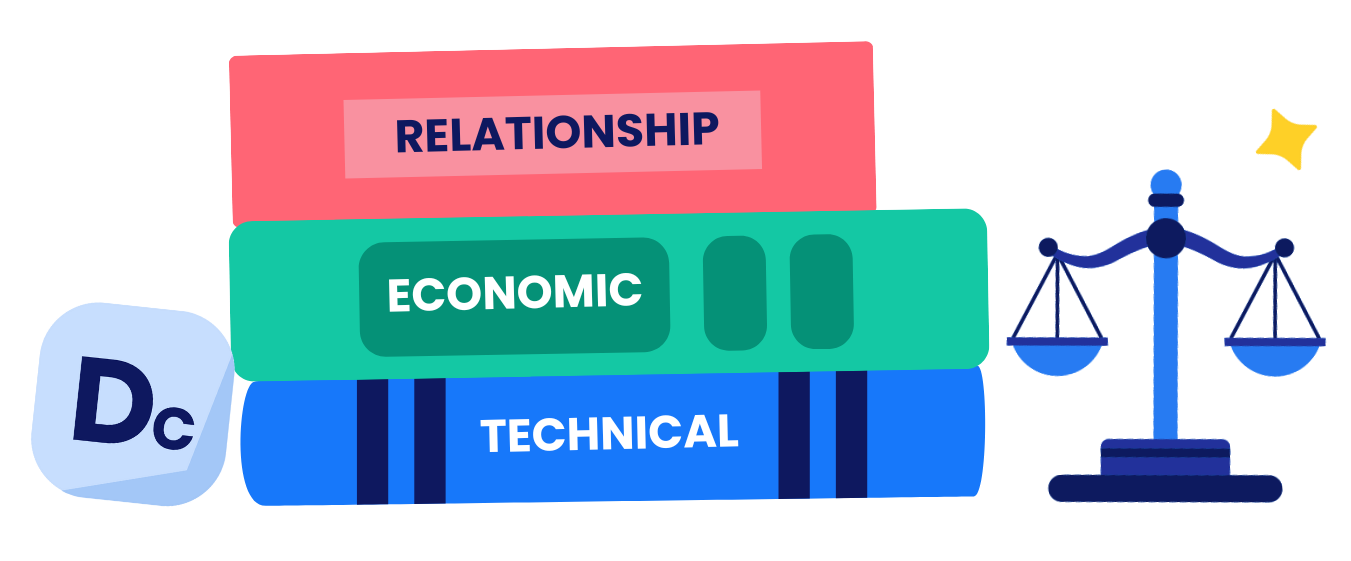The Decision Criteria are the various criteria by which a decision to purchase your solution will be judged.

Proactive Decision Criteria: A Game-Changer for Sales Leaders
In this episode of MEDMEN, Andy and Pim tell the stories of two solutions they were looking at buying, and how the final decision was influenced by the way the vendors chose to engage with them (or not engage with them).

Decision Criteria: How to Guide Buyers to the Right Solution
Andy and Pim explore common errors people make when approaching the Decision Criteria, such as assuming that customers will always possess them and that once identified, these criteria remain set in stone.
.png?width=1280&height=720&name=medmen_season_3_episode_12_1280x720px_ew%20(2).png)
How Buyers REALLY Decide: Decision Criteria Breakdown
In this episode of MEDMEN, Andy and Pim talk about why using Decision Criteria three-dimensionally is crucial for compelling differentiation. Getting beyond the technical proves to the senior key decision makers why your solution is vital to their goals.





.png)





.png)
























%201.png)











